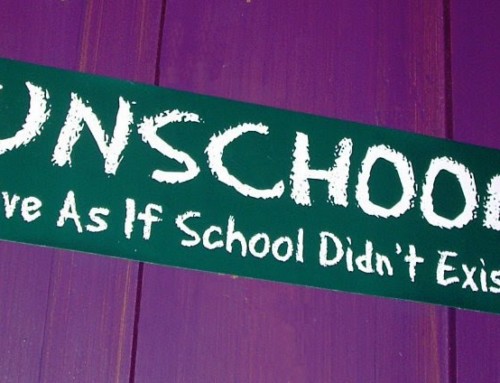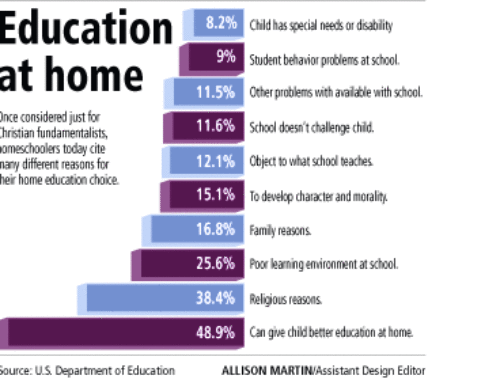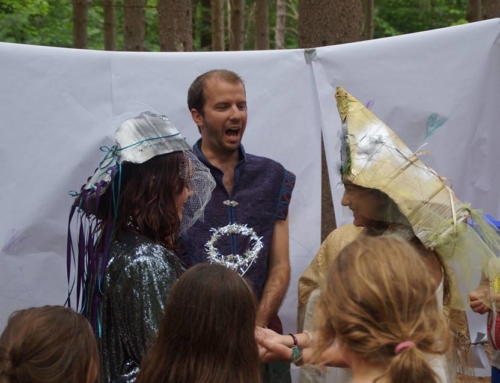
This post was originally part of a newsletter. If you are interested in signing up for the newsletter, you can do so here.
One of the themes emerging in education nowadays is that play-based learning is what our young kids need. Most preschools nowadays will be clear that their philosophy is one of play-based learning and so parents can rest assured that their children are learning in a developmentally-appropriate manner.
But are they?
Too often, what parents imagine play-based learning to be and what it actually is may be quite divergent. Or even if parents imagine the same thing, the question of how helpful certain types of “play-based learning” is can be up for debate. I view most programs as being split into one of two types: child-led play-based learning and adult-led play-based learning. Arguably, most programs that are out there are adult-led play-based learning and I don’t believe these are truly beneficial to our kids, but let’s take a closer look as to why.
Child-led play-based learning
This is the ideal and could really just be called “kids learning through play”. This is the natural state of affairs for young children as their lives are built around play. A child who is exploring with playdoh is learning. A child who is driving a car through the mud is learning. There is so much for our kids to learn about the world and play enables them to learn much of what they need.
Crucially to the learning component, the child is active in deciding what they are learning and what they are interested in learning. When the child sees that the ball drops down each time they let go, they may do it over and over as their curiosity about gravity is at play. They may not learn the term gravity, but the idea that things fall starts to consolidate in their mind. In learning, this type of motivation to learn is essential to us grasping and holding on to the ideas that we are taking in.
Think about your own life even as an adult – when you are forced to learn something someone else wants you to learn, you may pick up some of it, but it’s much harder than if you’re interested in something and actively seeking out the knowledge you want. Children are no different, but we seem to struggle thinking they are actually engaging in this effortful learning.
One of the problems that most people have is that kids’ learning doesn’t always look like learning in the way we’ve conceptualized it. Part of this problem is that young children aren’t as verbal as we might want them to be to share with us what it is that interests them. Even once kids are verbal, they may not be able to explain why they want to play a certain game or what component of this game interests them the most. This makes it hard for us to map these activities to the components of learning.
The second part of the problem is that we often forget that kids will learn what they want and need to learn when it becomes relevant. We don’t trust that kids actually may want to learn to read when they feel ready for it and know that it will provide them with something valuable. I do feel that a lot of this resistance in our adult mind comes from the way in which we were taught and the cultural ideas that tell us that kids are inherently lazy and won’t want to do anything unless forced.
Of course, this means that child-led play-based learning is on the decline. Few places have enough trust in kids to learn, but we also have so much evidence on the importance of play to learning that we’ve moved towards the other type of play-based learning – adult-led.
Adult-led play-based learning
In our culture we don’t trust children to learn as their brain is ready, but as I said, we know play is important. This has led most preschools or schools (at least in most Western cultures, though there are definite exceptions) to focus on adult-led play-based learning. In this model, there is still play and games and children spend time engaging in this, but what type of play they do and what lesson their learning is dictated by the adults.
If you enter a preschool you may see everyone gathering the children around a table to practice painting an animal. The educators are using the fun act of painting to help kids learn about this particular animal. Or you might see educational games being brought out to learn science facts or math facts. Kids are playing – some are likely even having fun! – but the child is no longer in charge of their education.
Most people will see no problem here, but I see a few I’d like to share. First, the whole notion of having to dictate what kids learn is based on the assumption that academic subjects – especially letter and number recognition – are central to a child’s development and necessary from a young age. Unfortunately, the development of the brain doesn’t really support that (though there are definitely kids who are actively interested in reading and writing early, but again if it is led by them, they’re showing you they’re ready) as the areas of the brain associated with social and emotional processing are what dominate the early learning years. This means that the things kids will be drawn to aren’t part of these academic subjects because that’s not the type of input the brain is looking for.
The second problem is that it implicitly reinforces the notion that kids don’t know how to learn or what they need to learn. Our lack of trust in them leads to their own lack of trust in themselves and then we spend years trying to get them to become self-directed learners again by university. In a similar vein, we also take away the love of learning. When children direct their play and their learning, they gravitate towards things that interest them instead of being pulled back to something boring. Too many kids hate school and “learning” because they see it as a chore instead of what it is – a life-long process that benefits them.
A third problem is that we then miss the greater opportunity to shift our thinking on our own role as adults in the education of our children. I’m not saying there isn’t a place or time to introduce more didactic teaching (though some would argue there isn’t and this is definitely up for debate), but that our job as teachers (whether you’re a parent, an educator, or something else) is to provide the space for our kids to learn and to provide opportunities for them to become interested in topics that will speak to them. You can see this debate in the teaching of reading as phonics-based programs abound and though they work, most kids don’t develop the love of reading that comes when programs also focus on stories that are interesting to them. A child that wants to learn to read will be able to sit for some of those didactic methods to help them achieve this goal, but if we start with the didactic methods, they may never reach the stage of loving to read.
There are likely many more problems that you can think of, but I want to give you one example from my own life that I hope illustrates what’s at risk here.
An example
My own son is 4. Starting around 3 he became very interested in playing store. He would have me set up the store and he’d bring random monopoly money to the store to buy various things. I would name a price and he would hand me any old bill. The question arose by others as to whether I was missing a valuable teaching opportunity to teach him about either counting or writing the names of the objects – basically one of the more “traditional” subjects of math or english.
I wasn’t doing any of that, but I was following his lead and just seeing where he was going with this.
Part of our exchange was all the pleasantries of asking what he wanted, offering change, and telling him to have a nice day, which he’d repeat back. This play went on for at least a month like this. He never seemed interested in getting the numbers right, didn’t care there were no signs, but he kept persisting and I’m sure many would think these were wasted opportunities.
Then we went out to a coffee shop and he wanted a muffin. He asked to be the one to order it and I watched as this little boy went through the whole process as we had done it. The lady asked what he wanted, he told her, he gave money, and at the end he said, “Have a lovely day!” just as we do in our game.
These were no wasted opportunities. His goal in this game was to learn the social schema of buying things and being part of that transaction. Once he had that down, he was ready to try it out, and did so brilliantly. Had I imposed my own idea of what he needed to learn, I may have taught him some numbers, maybe letters, but I never would have thought about the social schema and he likely would have been too busy trying to take in what I wanted him to learn to actually learn what he felt was necessary.
Now he still plays store and we still have our interactions, but his interest is – surprise – in the numbers. He likes to read how much stuff costs in the store and this is all led by him. Seeing this, we also open up the opportunity to be interested by bringing in the weekly flyers from the stores for him to look at if he wants. And he does, over and over again.
I trust he will be interested enough to figure out adding and subtracting and all the rest of it and I hope you can develop that trust in your children as well.






Leave A Comment